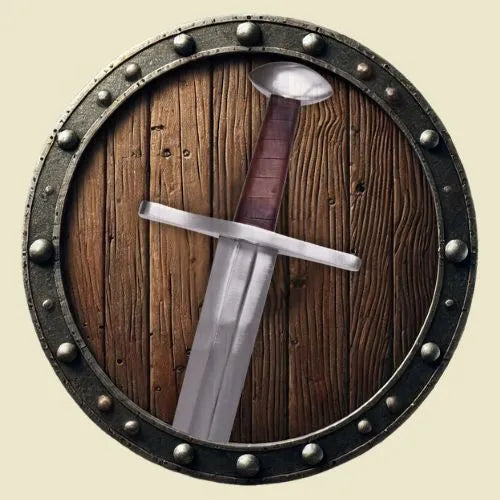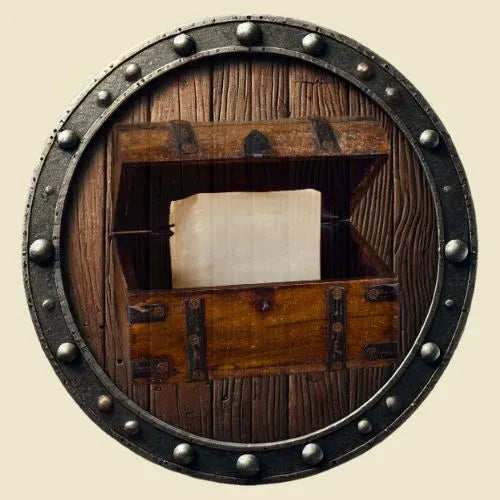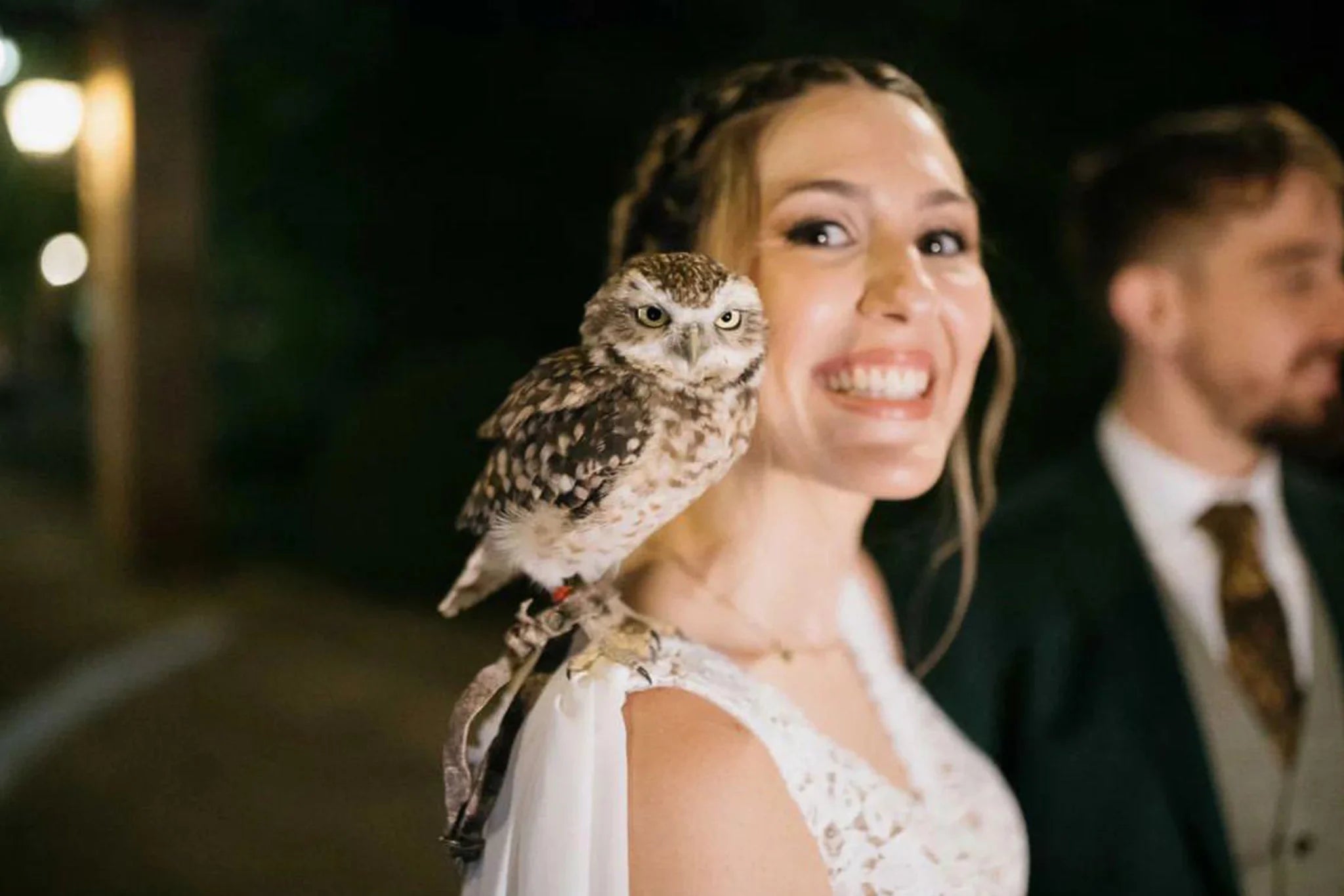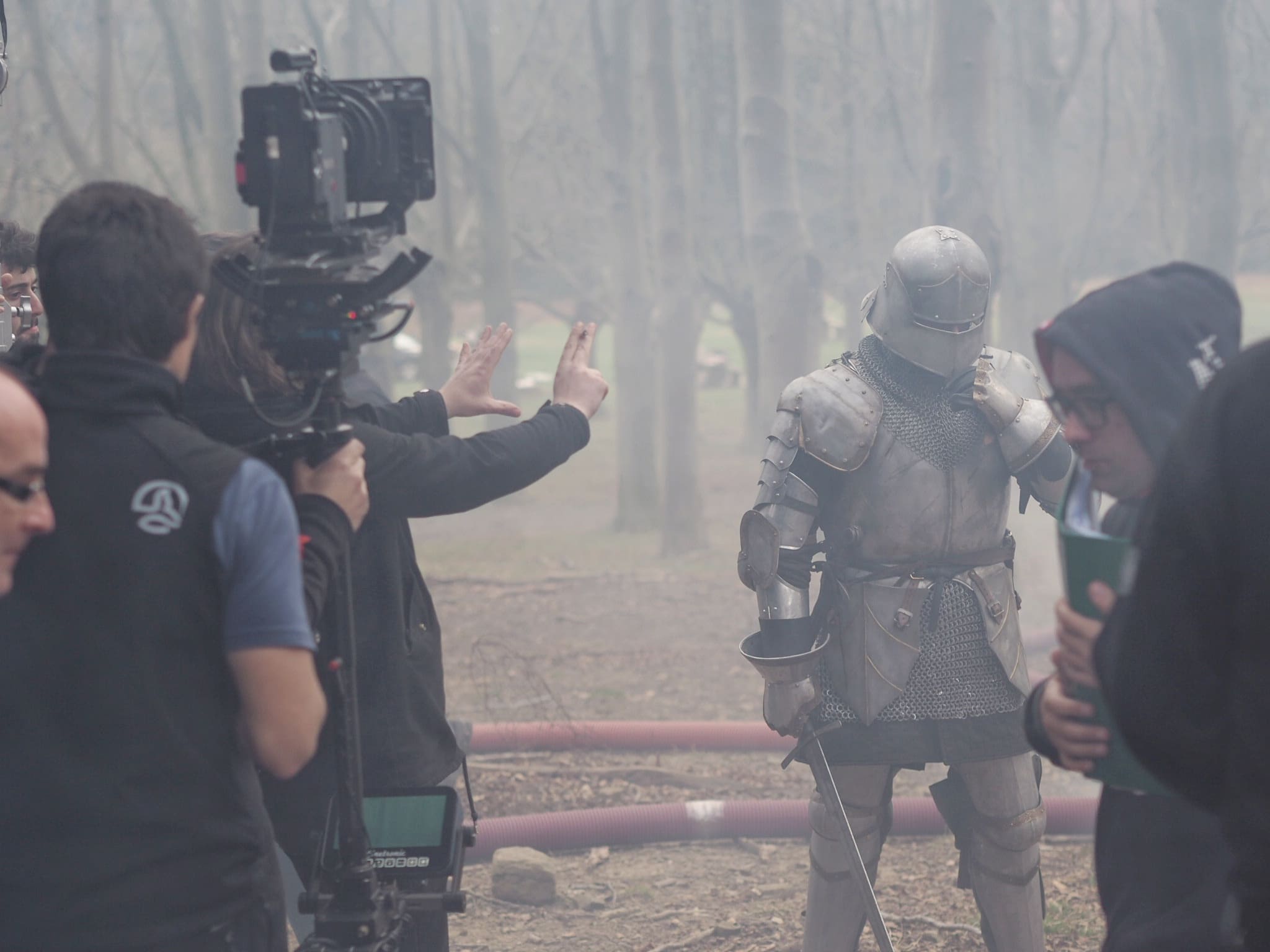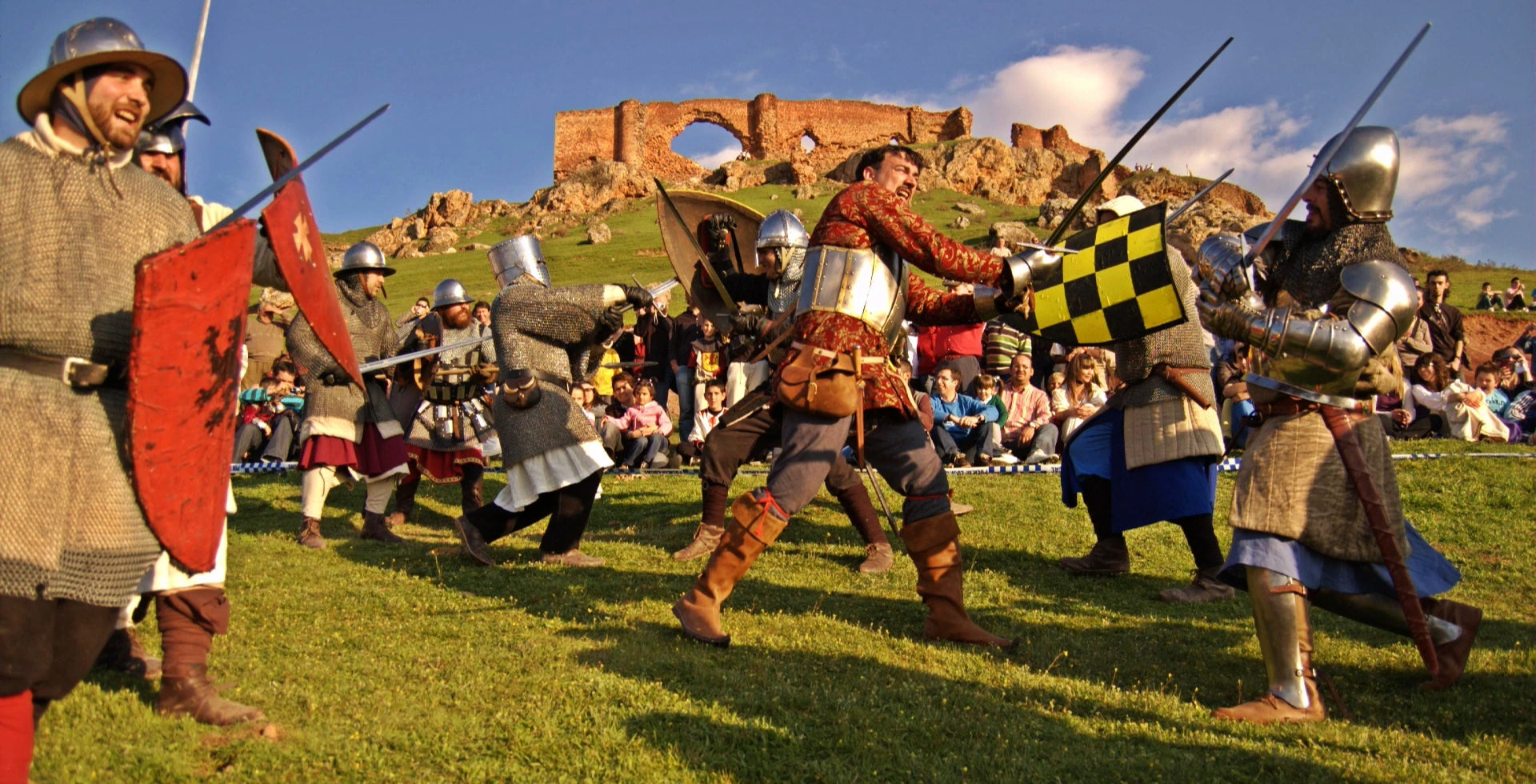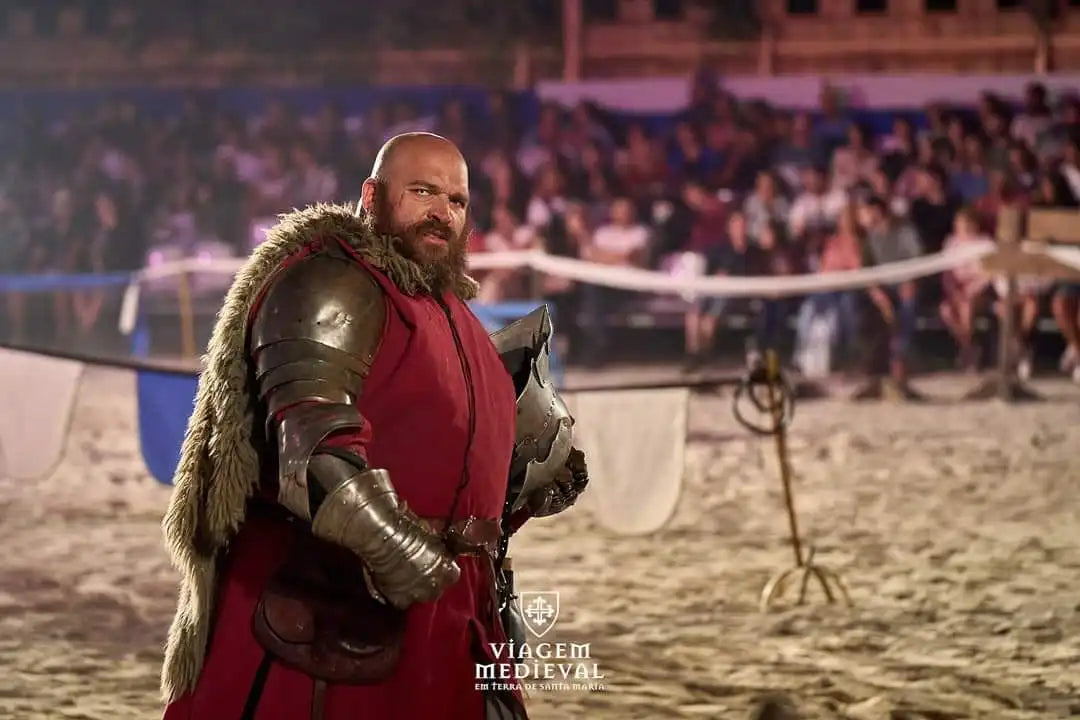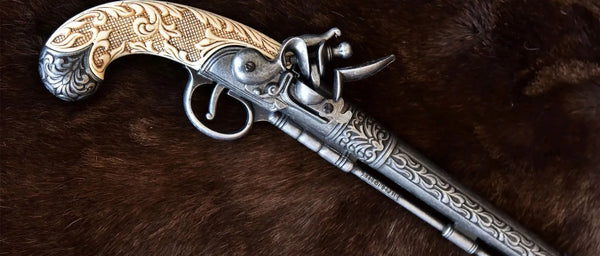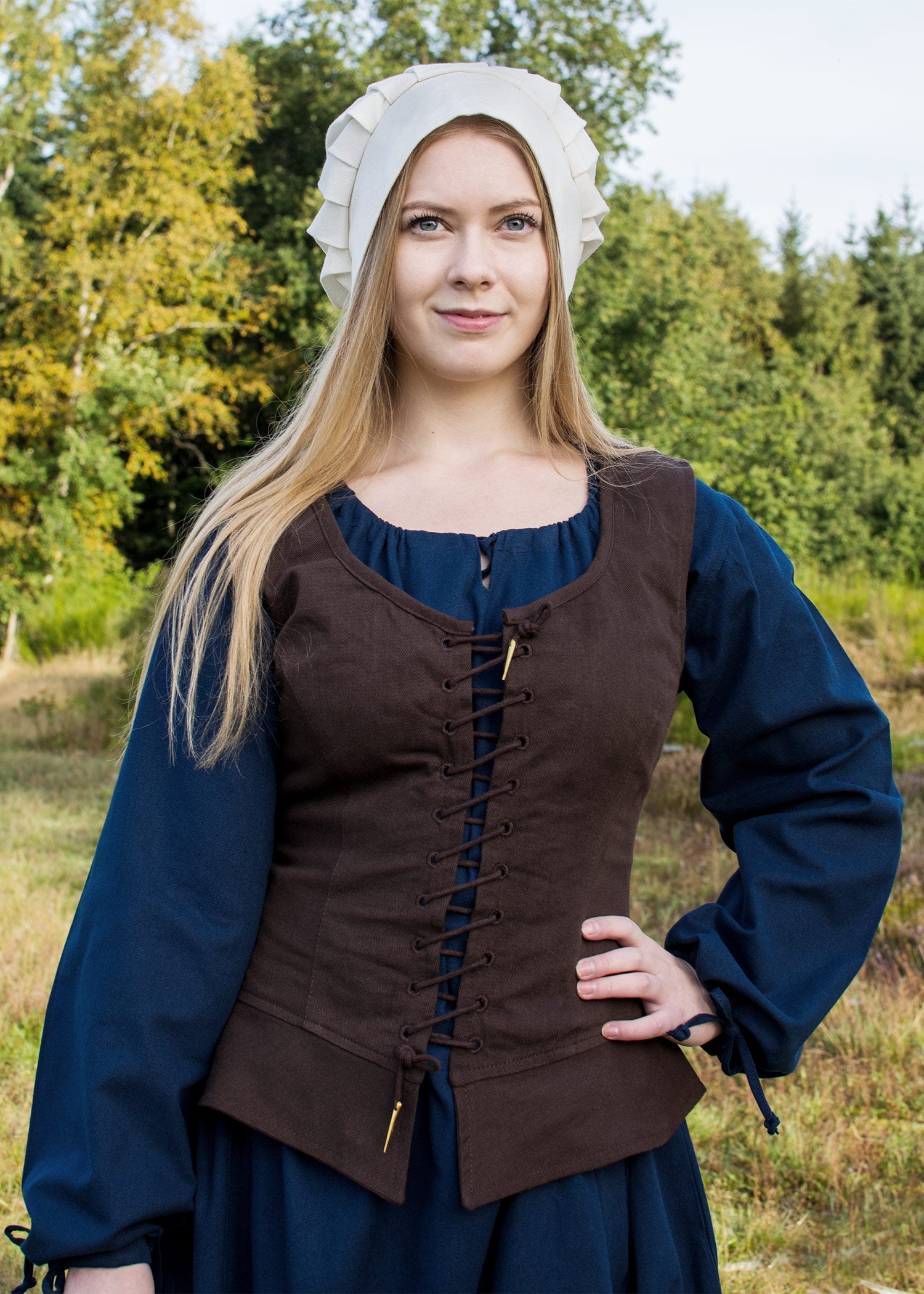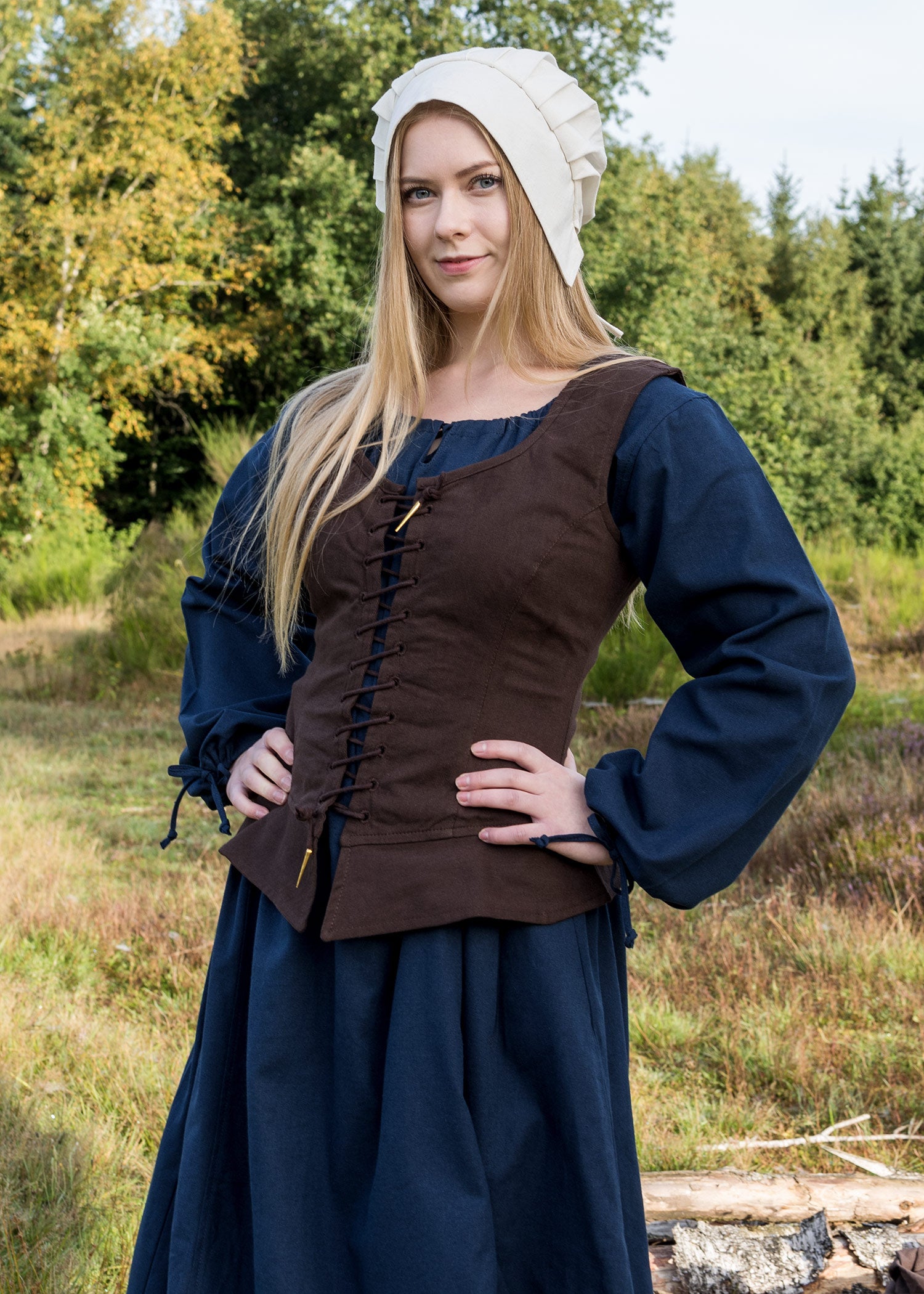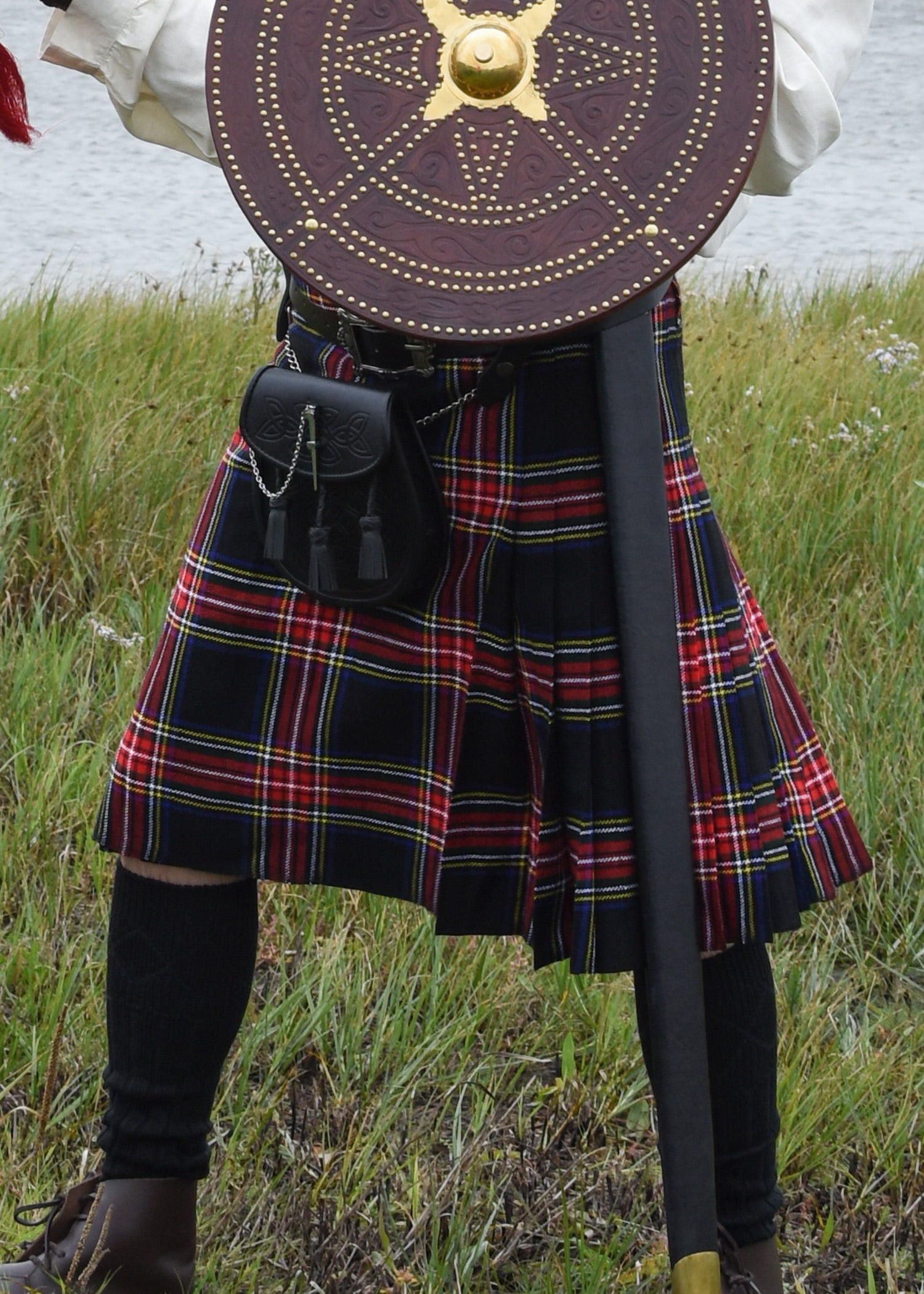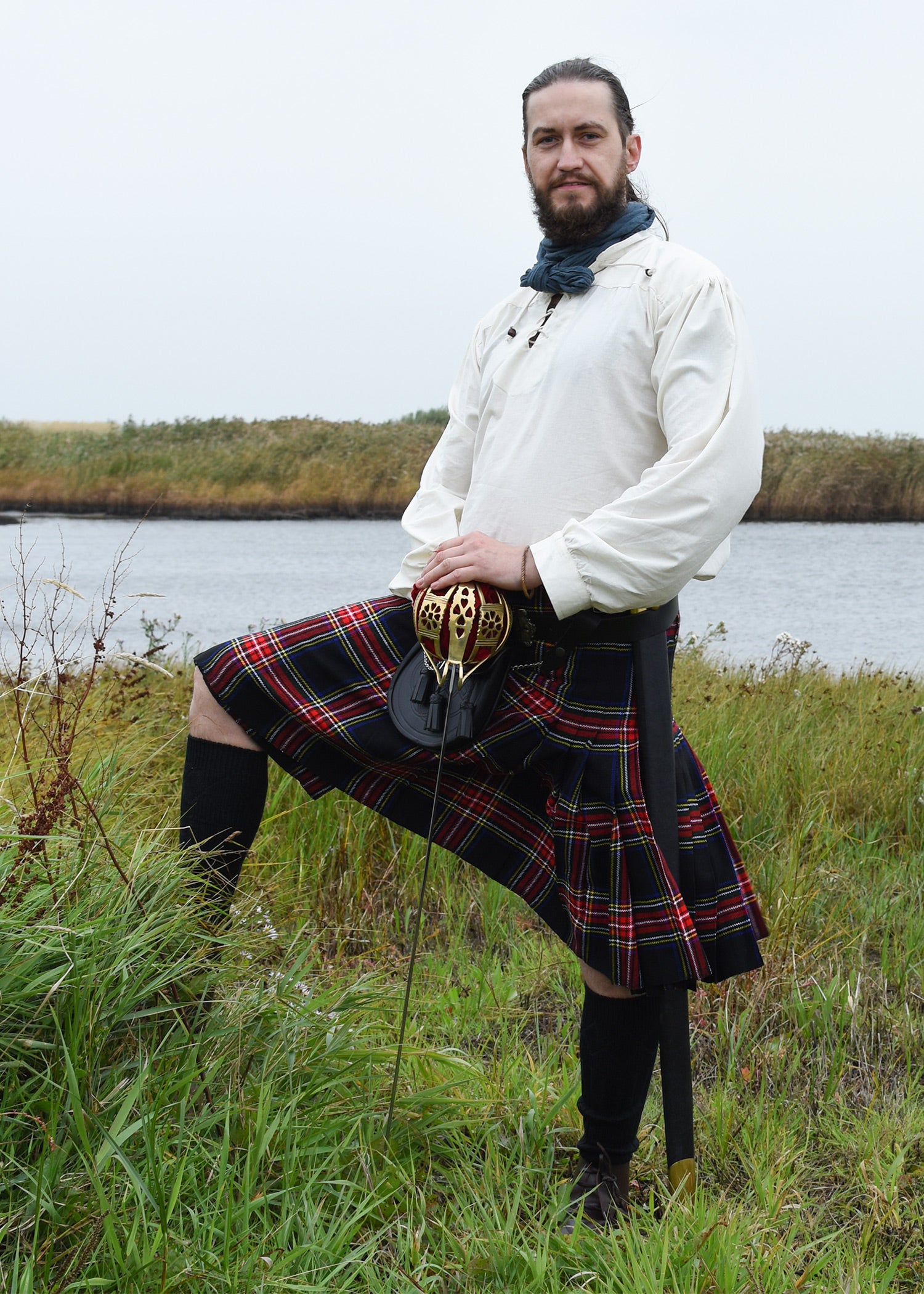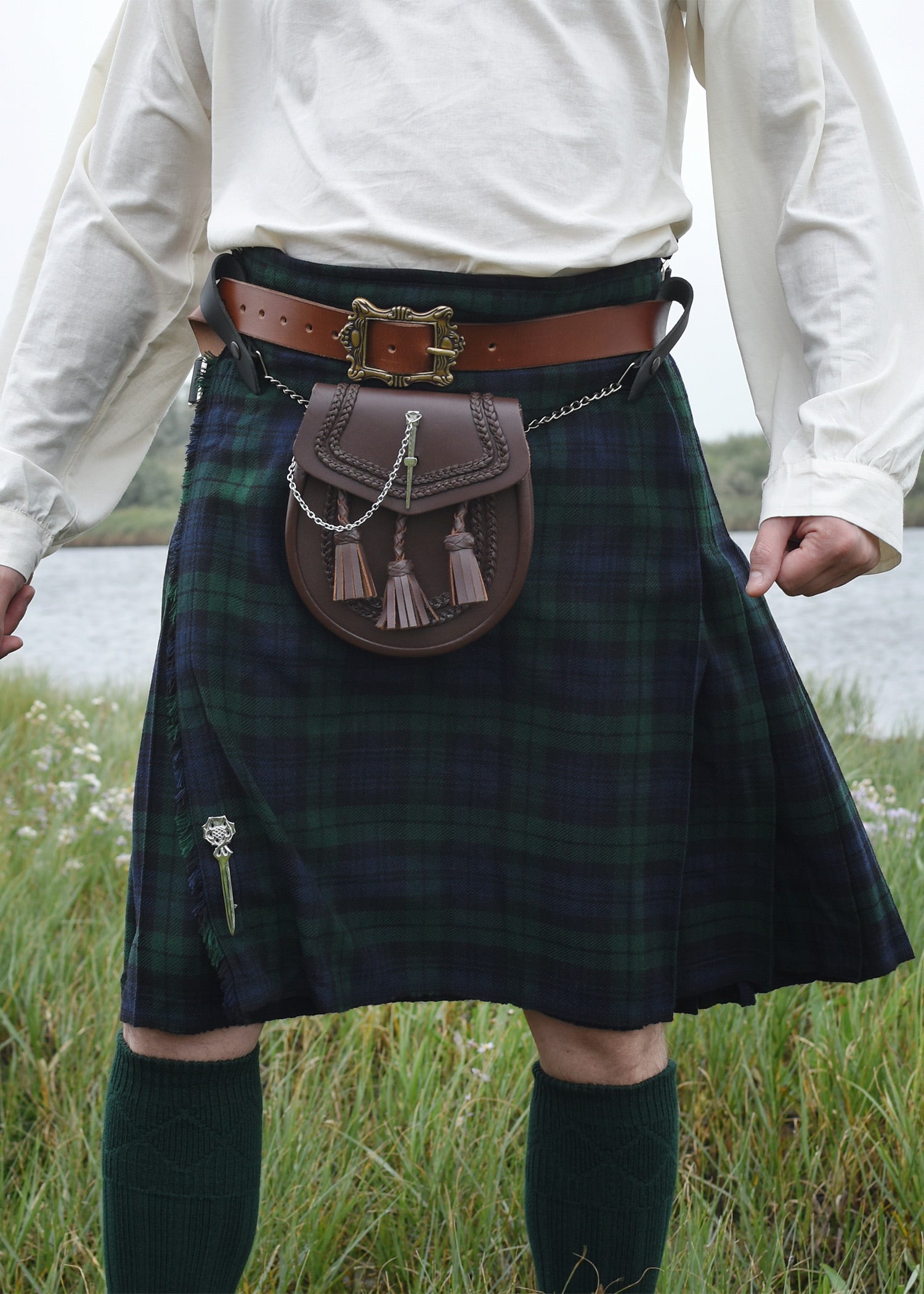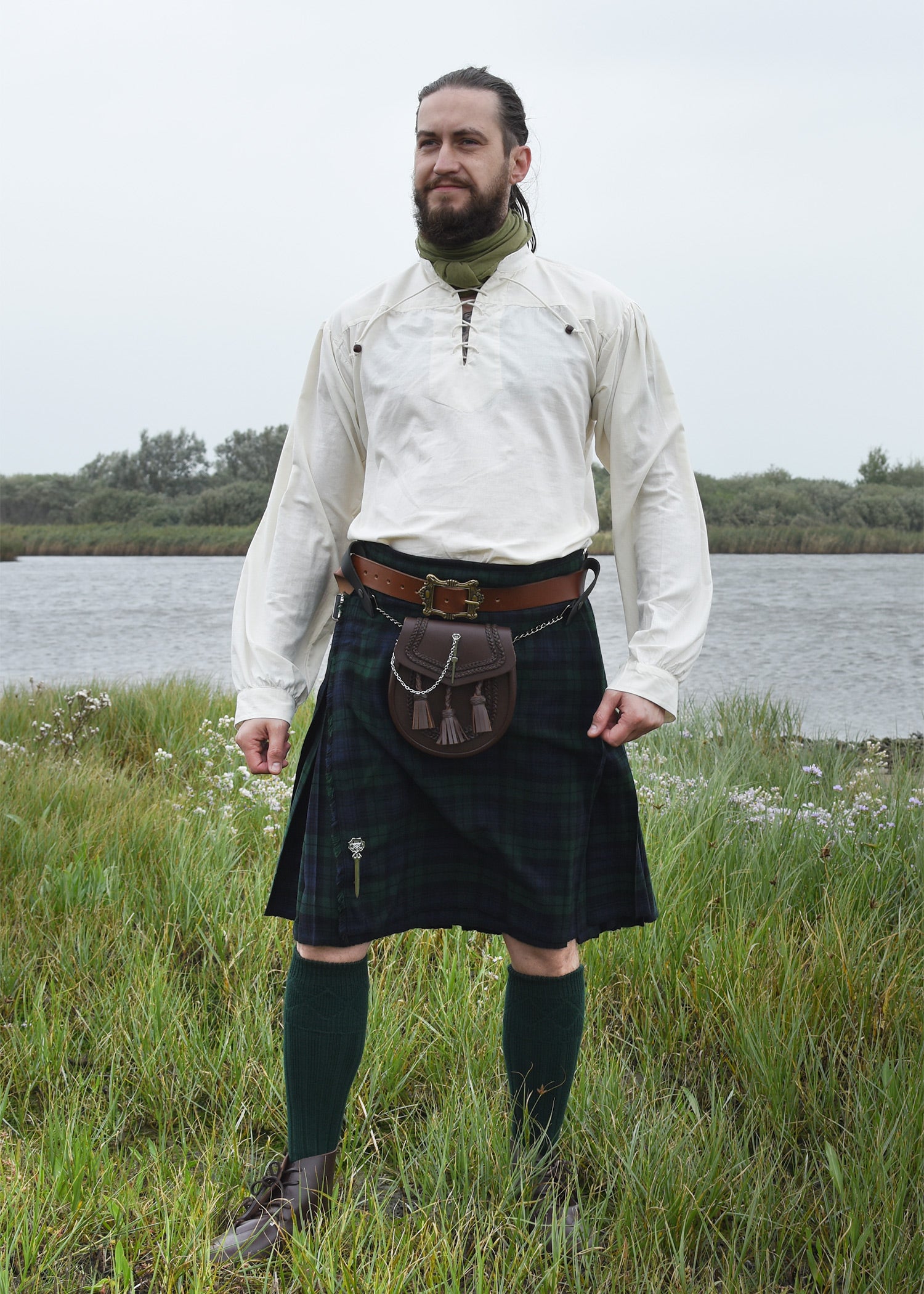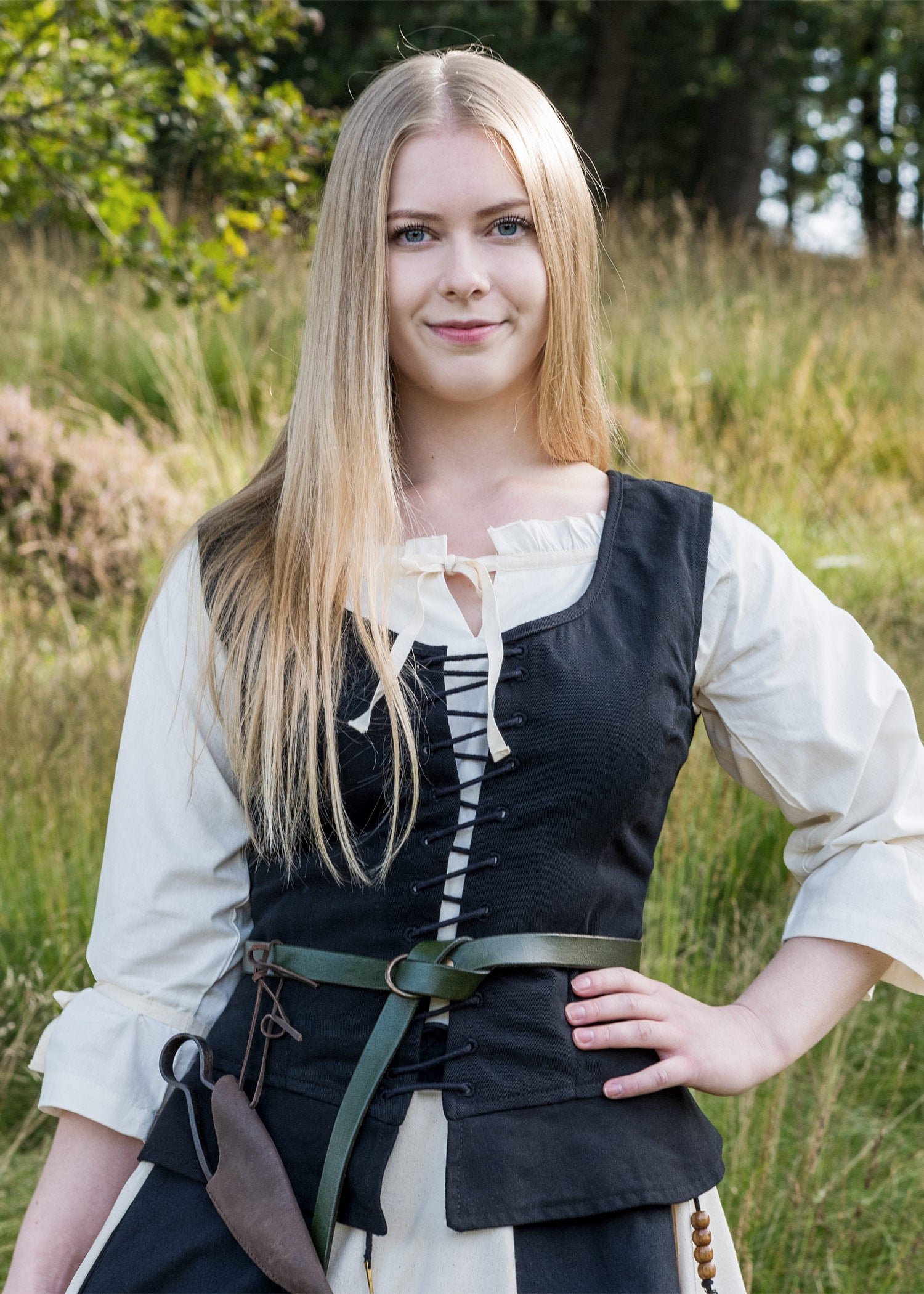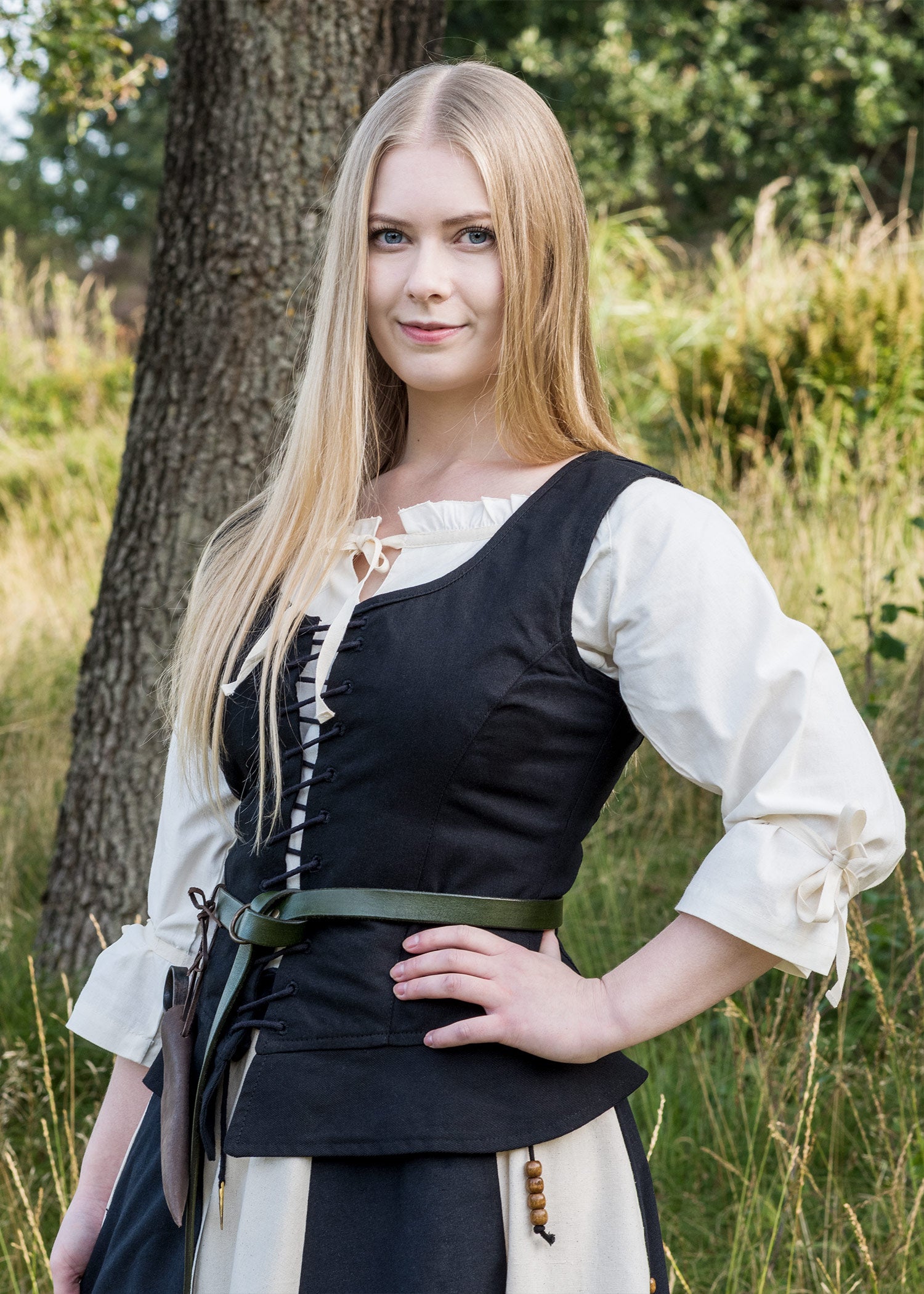Baroque dresses: luxury and exuberance in 17th-century fashion
Baroque dresses reflected the opulence and refinement of the era, characterized by their dramatic volumes, luxurious fabrics, and elaborate embellishments . At both the court and in high society, women's attire was a symbol of status and sophistication.
Main characteristics of baroque dresses.
-
Wide and structured skirts : These were achieved through the use of crinolines and panniers , creating a voluminous and majestic silhouette.
-
Tight bodies : Corsets shaped the figure, highlighting the waist and enhancing the bust.
-
Decorated sleeves : From slashed sleeves with overlayed fabrics to puffed sleeves with lace and bows.
-
Rich and vibrant colors : Shades such as crimson, gold, deep blue, and emerald green were popular among the nobility.
-
Ornamental details : lace, gold and silver embroidery, pearls and bows added an air of distinction and wealth.
Materials and manufacturing
-
Silks and brocades : Sumptuous fabrics with floral and arabesque motifs, reflecting Baroque splendor.
-
Velvet : Used in evening and ceremonial dresses for its elegant and warm texture.
-
Lace and embroidery : Essential elements to highlight the femininity and richness of the outfit.
Differences with dresses from other eras and cultures
-
Greater volume and rigidity : Unlike Renaissance dresses, Baroque dresses used more internal structures to shape the skirt.
-
Use of the pannier : While in other periods the corset was the protagonist, in the Baroque the Spanish pannier or the French crinoline gave the distinctive seal.
-
Overwrought aesthetics : Unlike medieval sobriety, Baroque fashion favored an abundance of details and textures.
Baroque dresses were a symbol of status and luxury , worn by noble and royal ladies at the most important events. If you're looking for authentic replicas of Baroque dresses for historical reenactments, collecting, or period attire , at Medieval Store you'll find models inspired by the splendor of the 17th century.

